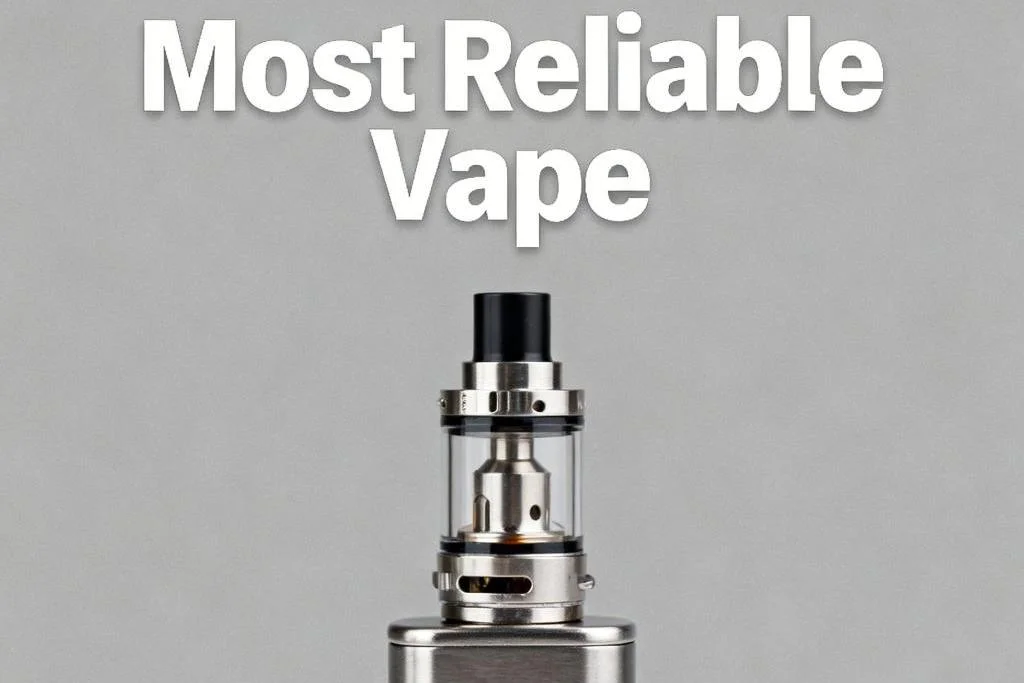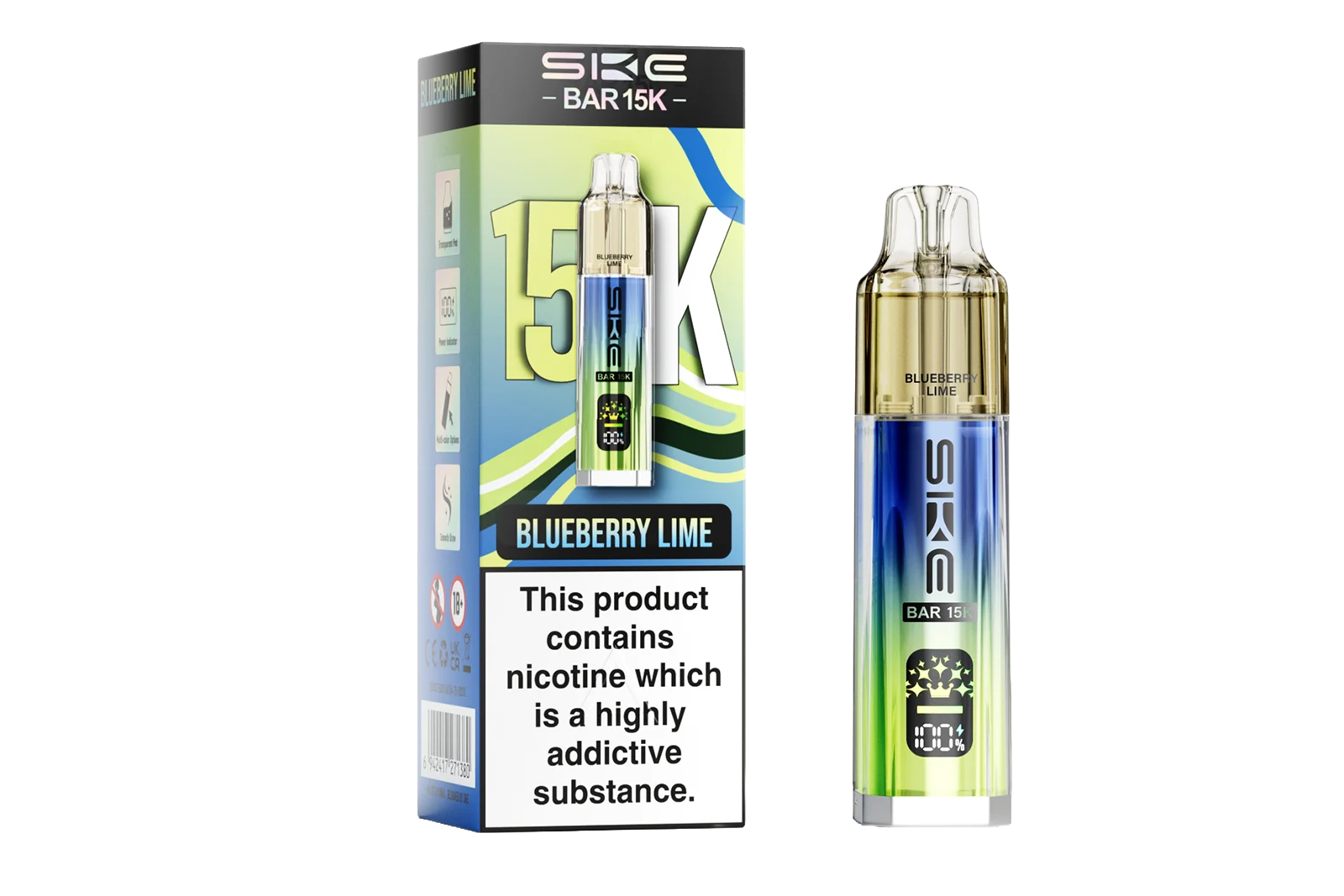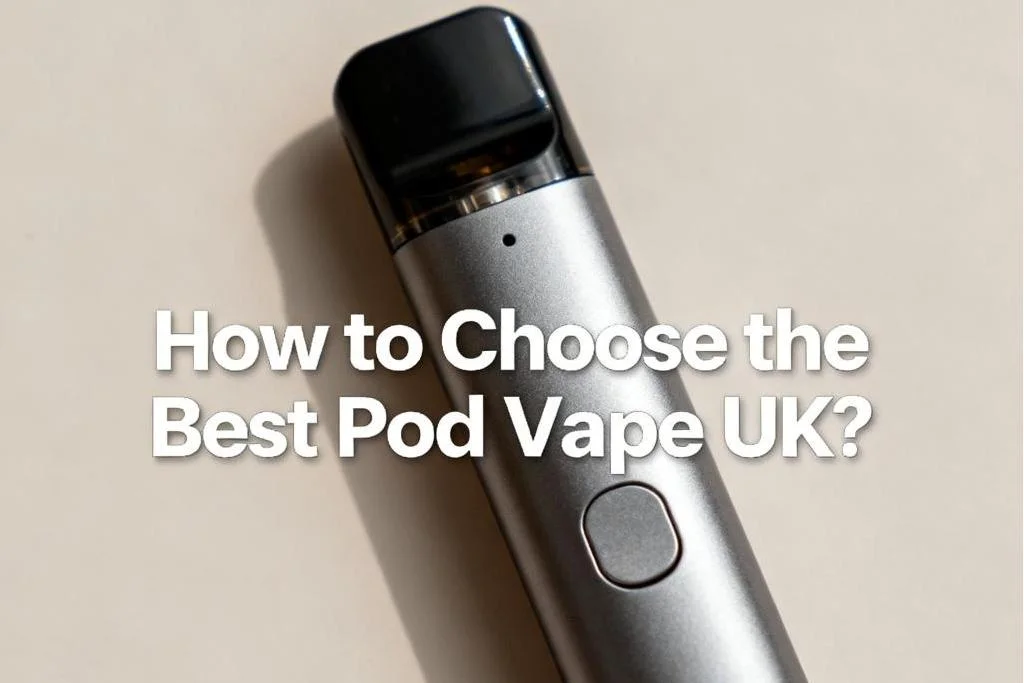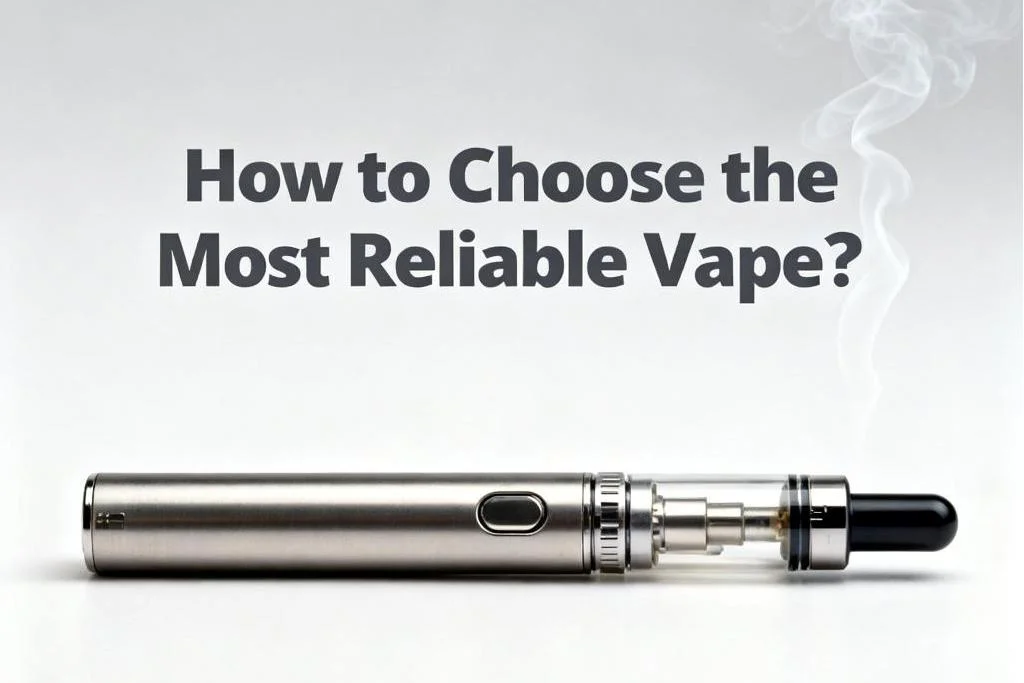Can Vaping Cause Lung Cancer?
As vaping continues to grow in popularity, so does concern over its long-term health impacts. One of the most pressing questions many users and health-conscious individuals are asking is: can vaping cause lung cancer? While vaping is often marketed as a safer alternative to smoking, understanding the potential cancer risks is critical—especially as more data becomes available.
What Is in Vape Aerosol?
Unlike traditional cigarettes that burn tobacco, vapes heat a liquid (commonly known as e-liquid or vape juice) to create an aerosol. This vapor may contain:
- Nicotine
- Propylene glycol and vegetable glycerin
- Flavoring chemicals
- Volatile organic compounds (VOCs)
- Heavy metals like nickel, tin, and lead
- Carbonyl compounds such as formaldehyde and acetaldehyde
Many of these substances are either known or suspected carcinogens. While they may appear in lower concentrations than in cigarette smoke, exposure over time is still a cause for concern.
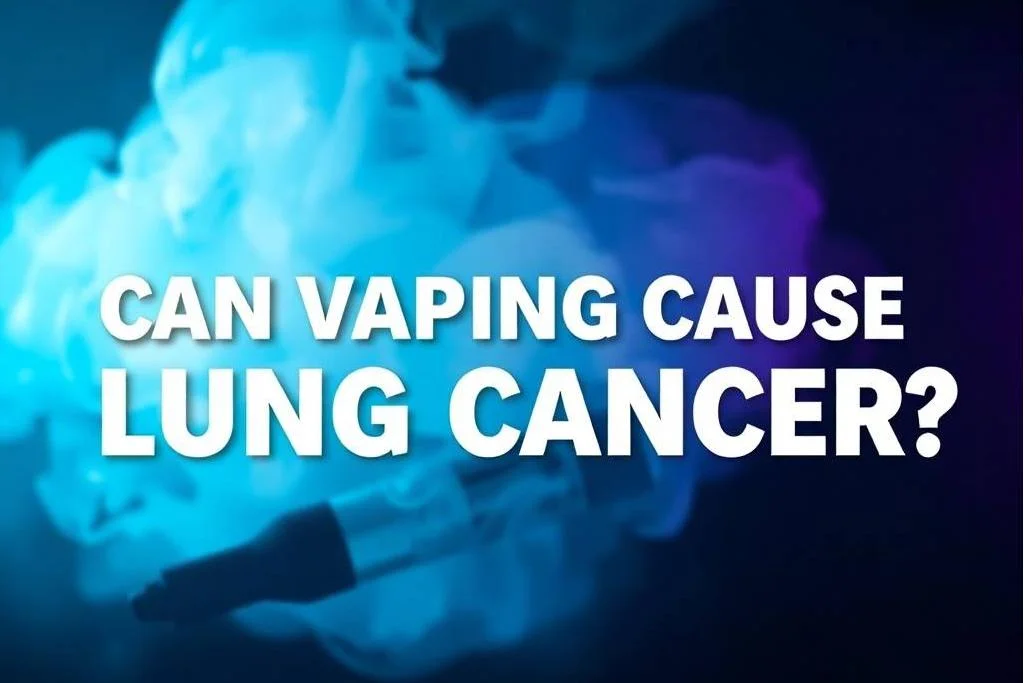
Does Vaping Directly Cause Lung Cancer?
As of now, there is no definitive scientific proof that vaping directly causes lung cancer, largely because the products are relatively new and cancer often develops over decades. However, several emerging studies have raised red flags:
- Animal studies have shown DNA damage in lung tissues after prolonged exposure to nicotine-containing vapor.
- Laboratory research has demonstrated that some e-cigarette aerosols can lead to oxidative stress and inflammation—key precursors to cancer development.
- Human cell studies suggest that some flavoring chemicals may have cytotoxic effects on lung tissue.
Though these findings don’t confirm causality, they do indicate potential pathways through which vaping might increase cancer risk.
Comparing Vaping and Smoking: Is Vaping Safer?
Traditional smoking is a well-established cause of lung cancer, accounting for up to 90% of cases globally. Vaping does eliminate tar and many of the harmful combustion-related chemicals found in cigarettes. However, that does not make it risk-free.
Some health organizations, such as Public Health England, have suggested vaping is around 95% less harmful than smoking. But this statistic is based on limited data and does not rule out long-term risks, including the potential for lung cancer. Most experts agree that vaping is safer than smoking, but not safe—especially for non-smokers or young people.
Who Is Most at Risk?
Certain individuals may be at higher risk if they vape regularly:
- Long-term, heavy users
- Dual users (people who vape and smoke)
- Those using high-nicotine or flavored products
- Young users, whose lungs are still developing
The risk is likely cumulative, meaning the longer and more frequently you vape, the greater the potential for adverse health effects, including cancer.
What Are Health Authorities Saying?
Leading public health organizations are urging caution:
- The U.S. Centers for Disease Control and Prevention (CDC) notes that the long-term health effects of vaping are still unknown but raises concern about lung damage and toxic exposure.
- The World Health Organization (WHO) warns that e-cigarettes are "undoubtedly harmful" and calls for tighter regulation.
In 2020, the CDC also investigated a rise in e-cigarette or vaping-associated lung injury (EVALI) cases, though most were linked to illicit THC vapes. Nonetheless, the event underscores the potential for lung-related complications from vaping.
Conclusion
While there is no conclusive evidence yet that vaping directly causes lung cancer, the presence of carcinogenic substances in vape aerosols and emerging scientific data suggest a need for caution. For non-smokers, particularly teens and young adults, vaping should not be considered a safe alternative.
FAQs
1. Can nicotine-free vapes cause lung cancer?
Even nicotine-free vapes may contain harmful chemicals like formaldehyde or acrolein, which can irritate or damage lung tissue. While the cancer risk may be lower, it’s not entirely eliminated.
2. Is secondhand vape aerosol dangerous?
Secondhand exposure to vape aerosol contains some of the same harmful chemicals as firsthand use. While it may be less harmful than secondhand cigarette smoke, it is not completely safe, especially for children or people with respiratory issues.
3. How long would it take for vaping to cause lung cancer?
Cancer development is a long-term process, often taking decades. Because vaping is relatively new, most users haven't been exposed long enough for definitive cancer trends to emerge. However, early cellular damage has been observed in some studies.
4. Do flavored vapes increase cancer risk?
Some flavoring chemicals like diacetyl and cinnamaldehyde have been linked to lung irritation and may contribute to oxidative stress. More research is needed, but flavored vapes may carry additional risks beyond nicotine exposure.
5. Can former smokers who now vape still develop lung cancer?
Yes. If you have a history of smoking, your lung cancer risk remains elevated even after switching to vaping. Vaping may reduce your exposure to carcinogens, but it doesn't eliminate pre-existing damage or risk.


